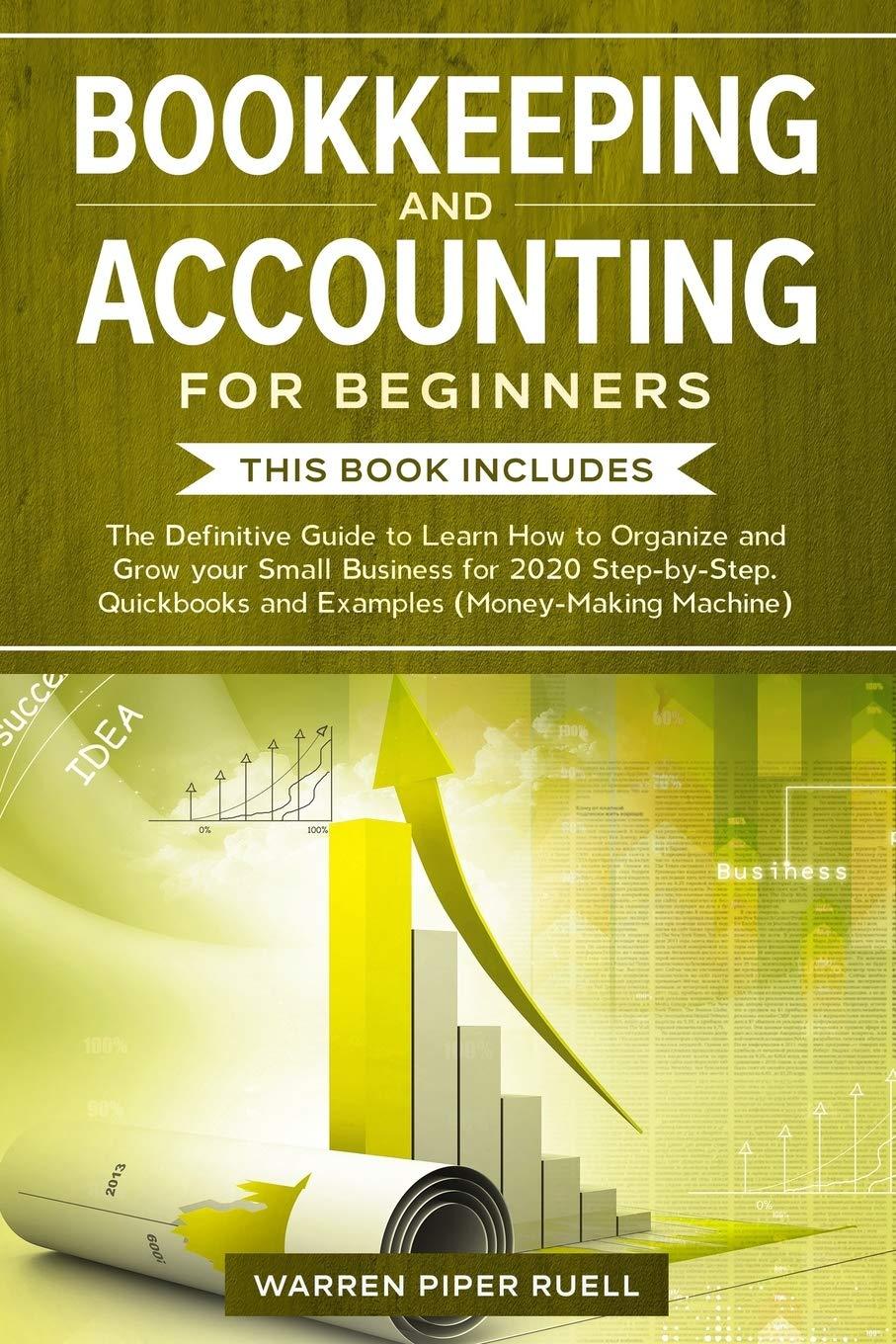Requirements 1. Compute the cost of goods sold, cost of ending merchandise inventory, and gross profit using the FIFO inventory costing method. 2. Compute the cost of goods sold, cost of ending merchandise inventory, and gross profit using the LIFO inventory costing method. 3. Which method results in a higher cost of goods sold? 4. Which method results in a higher cost of ending merchandise inventory? 5. Which method results in a higher gross profit? Assume that J L Toys store purchased and sold a line of dolls during December as follows: (Click the icon to view the transactions.) JL Toys uses the perpetual inventory system. Read the requirements. \begin{tabular}{|c|c|c|c|c|c|c|c|c|c|} \hline \multirow[b]{2}{*}{ Date } & \multicolumn{3}{|c|}{ Purchases } & \multicolumn{3}{|c|}{ Cost of Goods Sold } & \multicolumn{3}{|c|}{ Inventory on Hand } \\ \hline & Quantity & UnitCost & TotalCost & Quantity & UnitCost & TotalCost & Quantity & UnitCost & TotalCost \\ \hline \multicolumn{10}{|l|}{ Dec. 1} \\ \hline \multicolumn{10}{|l|}{ Dec. 8} \\ \hline \multicolumn{10}{|l|}{ Dec. 14} \\ \hline \multicolumn{10}{|l|}{ Dec. 21} \\ \hline Totals & & & & & & & & & \\ \hline \end{tabular} Requirement 2. Compute the cost of goods soid, cost of ending merchandise imventory, and gross profit using the LiFO inventory costing method. Begin by computing the cost of goods sold and cost of ending merchandise inventory using the LiFo inventory costing method. Enter the transactions in chronclogical order, calculating new inventory on hand balances affer each transaction. Once all of the transactions have been entered into the perpetual record, calculate the quantity and fotal cost of merchandise inventory purchased, sold, and on hand at the end of the period. (Enter the oldest inventory layers firse) Requirements 1. Compute the cost of goods sold, cost of ending merchandise inventory, and gross profit using the FIFO inventory costing method. 2. Compute the cost of goods sold, cost of ending merchandise inventory, and gross profit using the LIFO inventory costing method. 3. Which method results in a higher cost of goods sold? 4. Which method results in a higher cost of ending merchandise inventory? 5. Which method results in a higher gross profit? Assume that J L Toys store purchased and sold a line of dolls during December as follows: (Click the icon to view the transactions.) JL Toys uses the perpetual inventory system. Read the requirements. \begin{tabular}{|c|c|c|c|c|c|c|c|c|c|} \hline \multirow[b]{2}{*}{ Date } & \multicolumn{3}{|c|}{ Purchases } & \multicolumn{3}{|c|}{ Cost of Goods Sold } & \multicolumn{3}{|c|}{ Inventory on Hand } \\ \hline & Quantity & UnitCost & TotalCost & Quantity & UnitCost & TotalCost & Quantity & UnitCost & TotalCost \\ \hline \multicolumn{10}{|l|}{ Dec. 1} \\ \hline \multicolumn{10}{|l|}{ Dec. 8} \\ \hline \multicolumn{10}{|l|}{ Dec. 14} \\ \hline \multicolumn{10}{|l|}{ Dec. 21} \\ \hline Totals & & & & & & & & & \\ \hline \end{tabular} Requirement 2. Compute the cost of goods soid, cost of ending merchandise imventory, and gross profit using the LiFO inventory costing method. Begin by computing the cost of goods sold and cost of ending merchandise inventory using the LiFo inventory costing method. Enter the transactions in chronclogical order, calculating new inventory on hand balances affer each transaction. Once all of the transactions have been entered into the perpetual record, calculate the quantity and fotal cost of merchandise inventory purchased, sold, and on hand at the end of the period. (Enter the oldest inventory layers firse)










